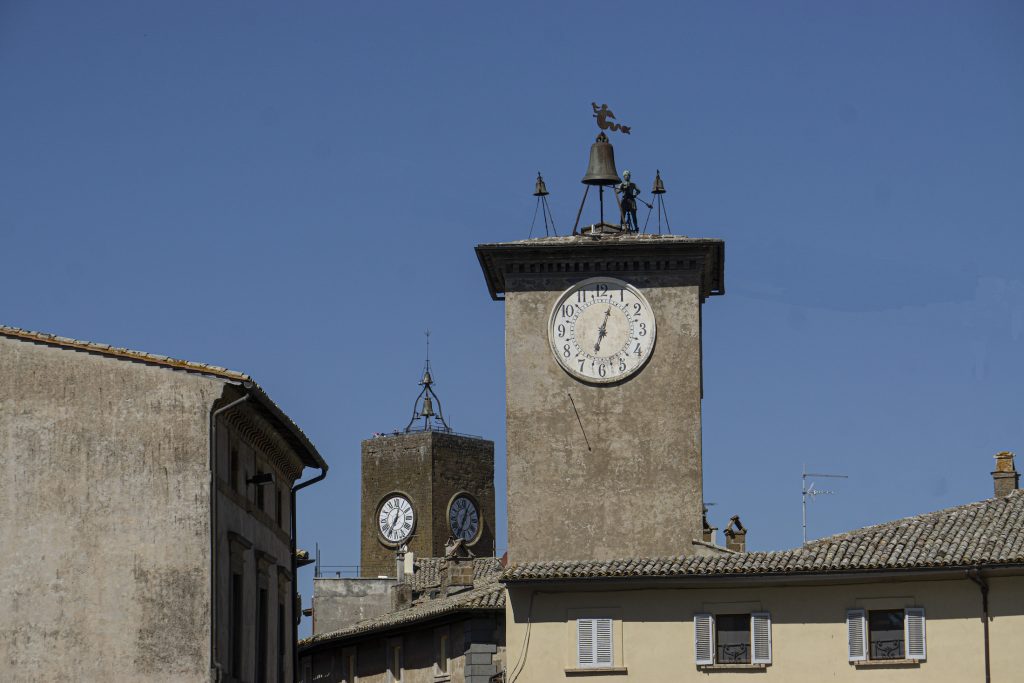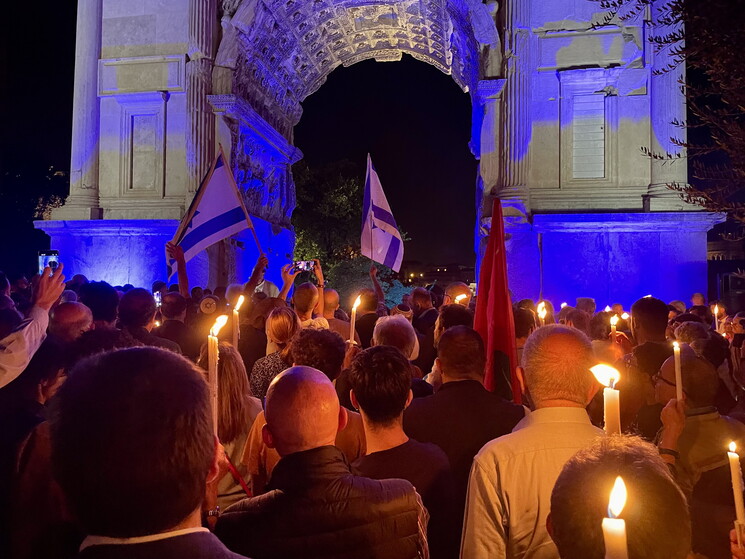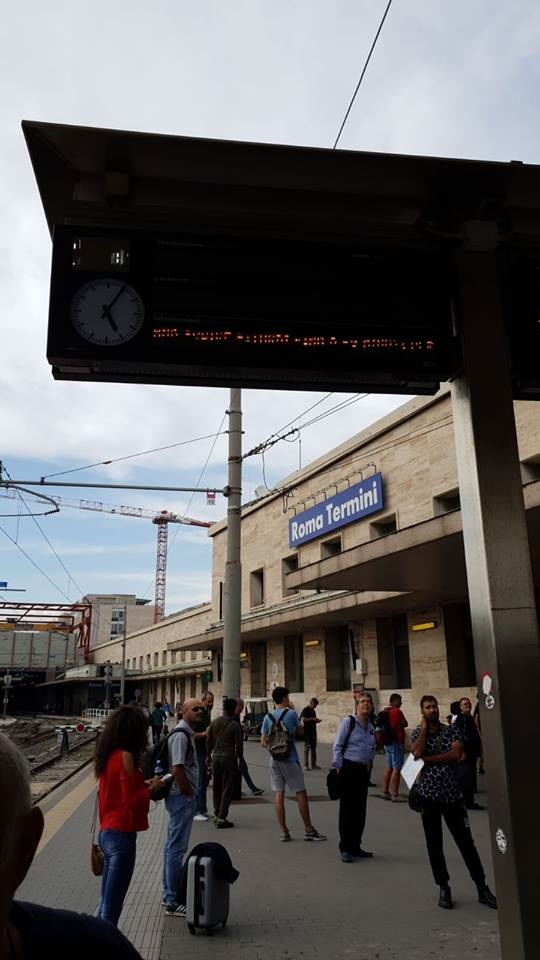Tic tac/6, passata la tempesta l’orologio continua a segnare le ore della città tra poltrone, nomine e attesa per i candidati

Cosa succede in città? La Torre del Moro ha resistito alla tempesta con solo qualche piccola ferita nel tufo e l’orologio che continua a fare tic tac.
TIC TAC, poltrone e poltroncine in distribuzione in attesa della definizione dei candidati e delle liste. Ne manca ancora qualcuna che attendiamo con ansia!
TIC TAC, sempre per la serie “Alla ricerca della poltrona” la prossima è quella della Fondazione Faina che, si dice, sia gradita a un presidente di un’altra importante associazione “storica”. La persona è riconoscibile per la folta capigliatura canuta con accento del sud.
TIC TAC, asfalti, lavori e progetti come d’incanto accelerano in vista delle scadenze elettorali, in perfetto metodo classico.
TIC TAC, ex-Piave e frontale dell’ex-ospedale e poi sistema di viabilità per Casa e Ospedale di Comunità; il metodo prossime elezioni forse faranno uscire dalla naftalina i progetti annunciati e promessi ma mai palesatesi concretamente.
TIC TAC, e a Perugia? Salvini vuole fermamente la conferma di Tesei, ma il leader della Lega non vive e vota in Umbria. Si moltiplicano le fronde che chiedono un candidato migliore e più vincente per il centro-destra. A Perugia e non solo un consiglio, le scelte locali vanno seguite e sono quasi sempre vincenti perché vicine alla gente che poi vota. Le operazioni di palazzo e gli equilibri da Manuale Cencelli devono convincere la base e non devono essere punto di partenza a tutti costi, insomma meglio non essere come Sansone che deve morire insieme ai filistei…
TIC TAC, il Pd accusa su sanità e altro ma la memoria non è così corta. l’ospedale di Orvieto era già a scartamento ridotto, si è iniziata a smontare pezzo dopo pezzo da anni la sanità pubblica, le liste d’attesa erano un problema già allora. La vera colpa di chi governa ora? Essere in continuità e anzi aver migliorato la performance d’indebolimento del sistema sanitario pubblico.
ENGLISH VERSION
TIC TAC/6: AFTER THE STORM, THE CLOCK KEEPS TICKING ON THE CITY’S HOURS AMIDST APPOINTMENTS, NAMES AND CANDIDATE WAITING
What’s happening in the city? The Torre del Moro has weathered the storm with only a few minor wounds in the tuff, and the clock continues to tick.
TIC TAC, chairs and seats being distributed, waiting for the definition of candidates and lists. We’re still waiting for a few more that we’re eagerly anticipating!
TIC TAC, in the ongoing series of “In Search of the Chair,” the next one is rumored to be for the Fondazione Faina and is said to be favored by a president of another important “historic” association. This person is recognizable by their thick, graying hair and a Southern accent.
TIC TAC, road surfaces, construction, and projects are progressing magically in preparation for the upcoming elections, following the classic method.
TIC TAC, the former Piave and the front of the former hospital, and then the road system for the Community Home and Hospital; perhaps the upcoming elections will bring to light the projects that were announced and promised but never materialized.
TIC TAC, what about Perugia? Salvini strongly wants Tesei’s confirmation, but the leader of the League neither lives nor votes in Umbria. There is growing dissent calling for a better and more winning candidate for the center-right. In Perugia, and beyond, a piece of advice: local choices should be followed as they are often successful because they are close to the people who then vote. Palace maneuvers and power balances, based on the Manual of Cencelli, should convince the base and should not be the starting point at all costs, in other words, it’s better not to be like Samson, who has to die along with the Philistines…
TIC TAC, the Democratic Party accuses regarding healthcare and other issues, but memory is not so short. The Orvieto hospital was already on a reduced scale, and the dismantling of the public healthcare system had been going on for years; waiting lists were a problem even then. The real fault of those in power now? Being in continuity and actually improving the performance of weakening the public healthcare system.


